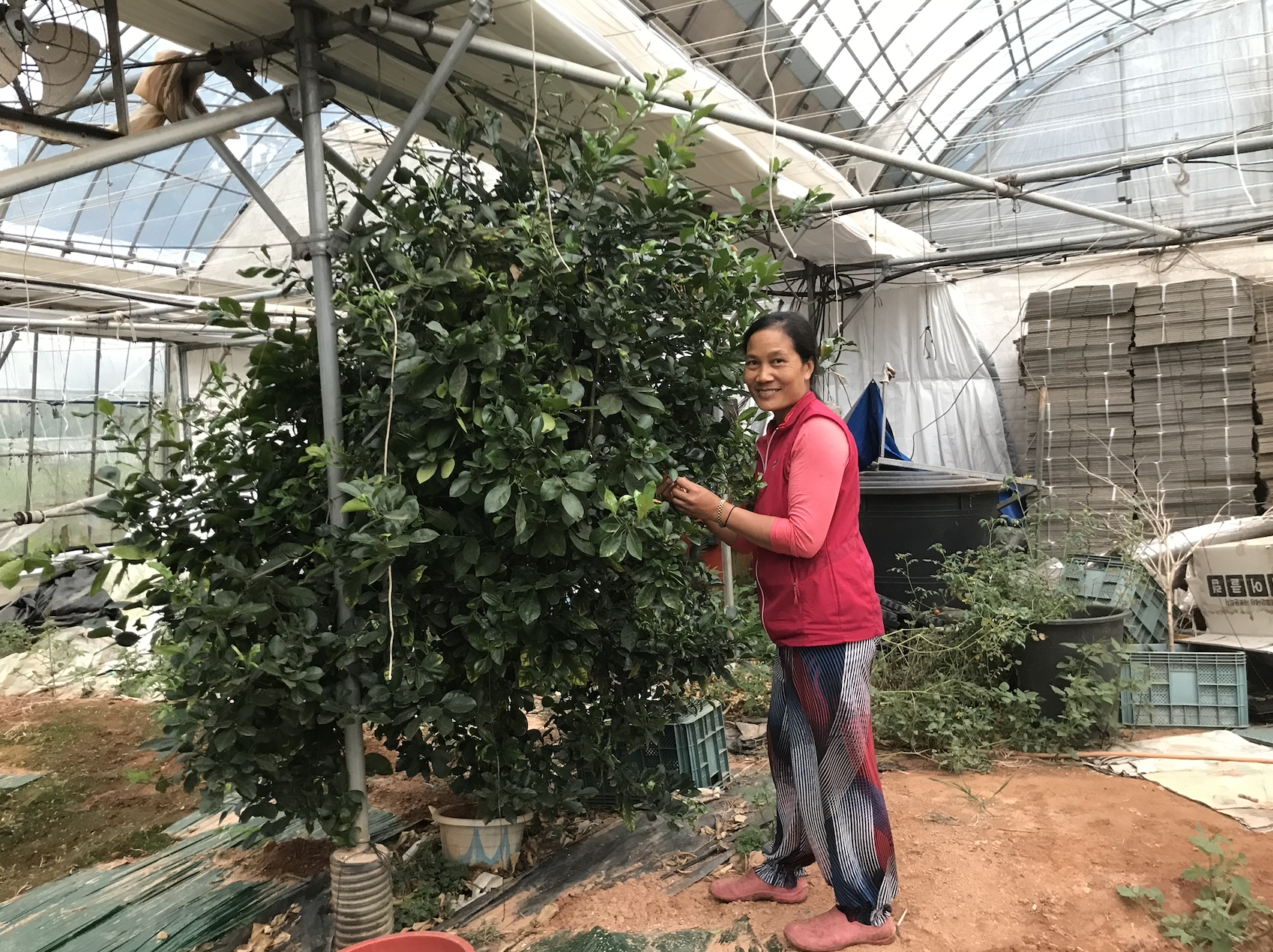In the 1960s, the South Korean government began encouraging foreign women to come to Korea and marry rural bachelors after Korean women had fled the countryside for city jobs. Fe Calo and her sister-in-law, Marilou Quitiquit, are among over 100,000 estimated Filipina “marriage migrants” who have moved to Korea since then, following an industry of wedding brokers and policies in both countries facilitating migrants to raise families in Korea. Often, the women arrive without knowing the challenges that await them in a foreign land. Luckily for Fe, Marilou lives nearby in their remote village Ttangkkeut (“End of the Earth”) at the southernmost part of the Korean peninsula. With her husband, Marilou grows the Filipino produce that Fe missed so dearly when she first left home and sells it to a wide network of Filipino-Korean multicultural - or “damunhwa” - families living throughout Korea. Among the village’s 5,906 residents, half the children now share Filipino ancestry. While “damunhwa” kids still face bullying and dismissal, the brilliant and resilient Filipino-Korean youth are undeniably part of Korea’s next generation.











